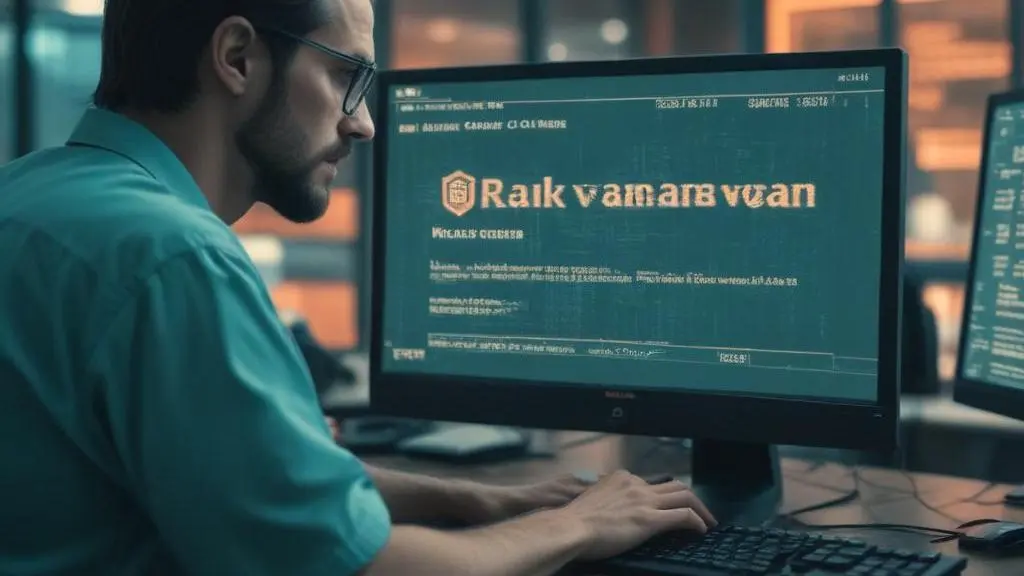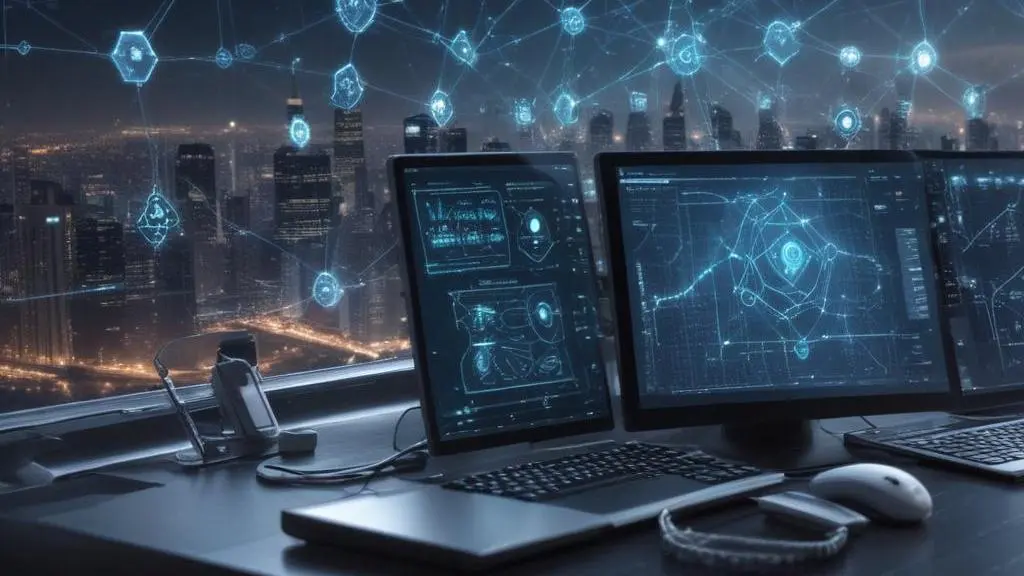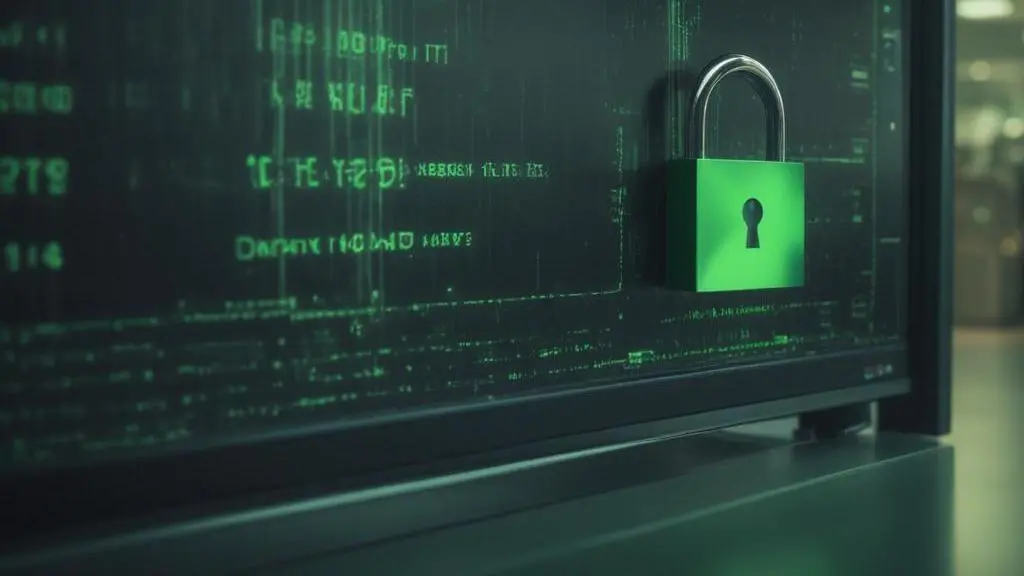Ransomware attacks are on the rise, posing significant threats to businesses. Understanding the mechanics of ransomware and implementing robust preventive measures is crucial for safeguarding IT infrastructure.
What is Ransomware
Ransomware is a hostile software designed to block access to digital assets. It achieves this by encrypting a victim’s files. A ransom payment is then demanded for a decryption key. Without this key, data remains unusable. Its propagation often occurs via deceptive phishing emails. Malicious websites and unpatched software vulnerabilities also serve as common entry points. There are two primary forms. Crypto ransomware encrypts specific files, rendering them unreadable. Users cannot open or modify these files. Locker ransomware, conversely, restricts access to the entire computing system. It typically displays a full-screen message. This prevents victims from using their device at all. Understanding these distinctions helps in threat identification. Recognizing the attack vector is crucial for effective defense.
Impact of Ransomware on Businesses
Ransomware attacks inflict profound damage upon businesses. Financial losses stem from various sources. These include direct ransom payments, costs for system recovery, and legal fees. Lost revenue due to prolonged operational downtime adds to the burden. Critical data breaches often occur, exposing sensitive information. This erodes customer trust and invites regulatory fines. Significant operational disruptions halt core business functions, impacting productivity and supply chains. Furthermore, the reputational damage can be long-lasting, diminishing public confidence. Understanding cybercrime’s broader impact reveals the urgency for proactive cybersecurity strategies. Protecting digital assets from such devastating outcomes is paramount.
Preventive Measures Against Ransomware
Implementing strong preventive measures is essential against ransomware. Organizations must prioritize diligent software and operating system updates. This patches known vulnerabilities that attackers frequently exploit. Comprehensive employee training is equally crucial. Staff should recognize phishing attempts and follow secure browsing habits. Advanced threat detection systems provide a crucial layer of defense. These solutions identify and neutralize malware before encryption. Regular IT security audits help pinpoint existing weaknesses. Such assessments allow for strengthening defenses proactively. Maintaining frequent, isolated backups of all vital data is paramount. This allows for data restoration without paying a ransom. A well-rehearsed incident response plan further minimizes attack impact. These efforts collectively safeguard your digital assets. Effective ransomware protection strategies are key to business resilience.
Professional Solutions and Recovery Plans
A comprehensive recovery plan is absolutely indispensable during a ransomware attack. Immediate action involves isolating all affected systems. This critical step prevents further encryption or spread of the malware across your network. Subsequently, contacting experienced cybersecurity experts provides invaluable assistance and guidance. They can help navigate the complex incident response process. Utilizing secure and regularly updated backups is paramount. This robust strategy allows for efficient data restoration, making ransom payments unnecessary. Our expertise also covers maintaining your digital presence. This ensures it remains secure and fully operational, even under duress. Proactive engagement with comprehensive IT services safeguards your business continuity and future resilience. Do not delay—sign up for our services now to proactively secure your critical operations.
Final words
Ransomware poses a substantial risk to businesses. By understanding its mechanisms, implementing preventive measures, and leveraging expert IT services, organizations can significantly reduce their vulnerability. Ensuring continuous monitoring and having a recovery plan in place are essential steps in maintaining a secure digital environment.












Leave a Reply